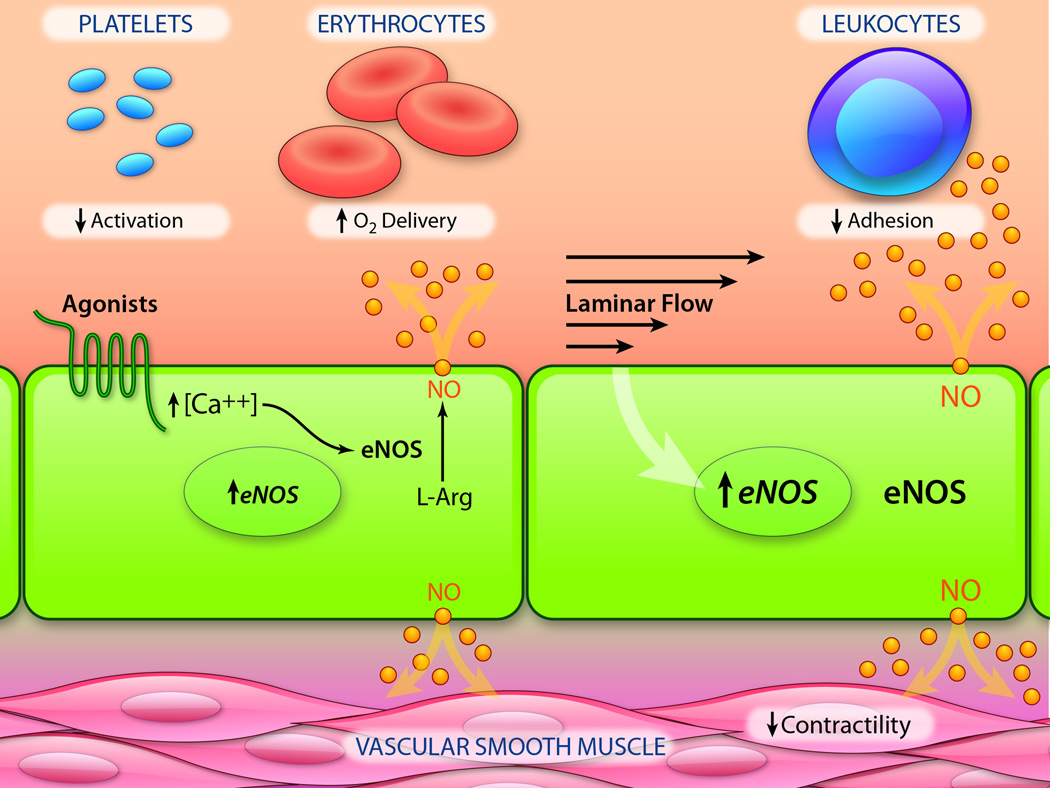Figure 1. Endothelial-derived Nitric Oxide: Production and Biological Actions.
Endothelial cells rapidly produce nitric oxide (NO) via a unique isoform of nitric oxide synthase (eNOS) in response to agonists (e.g., acetylcholine, bradykinin) and fluctuations in blood flow. Once generated, NO rapidly diffuses through the endothelial plasma membrane to activate guanylate cyclase in several cell types present in the blood (platelets, leukocytes) and also within the vessel wall (smooth muscle). Activation of guanylate cyclase in platelets results in inhibition of activation, adhesion and aggregation; in leukocytes, decreased adhesivity; in smooth muscle cells, dephosphorylation of myosin light chain and vasorelaxation. NO also reacts with hemoglobin in erythrocytes, enhancing oxygen delivery to tissues. Chronic exposure of endothelial cells to laminar flow results in transcriptional upregulation of eNOS, thus increasing their NO-forming capacity. (Illustration Credit: Ben Smith)

